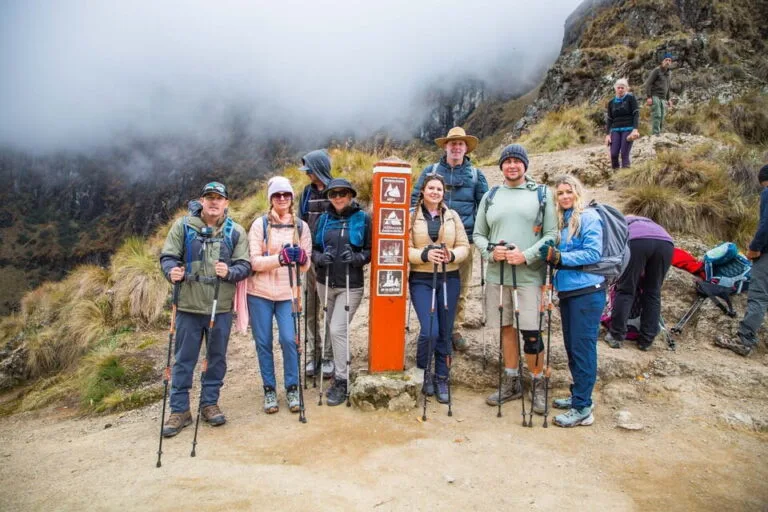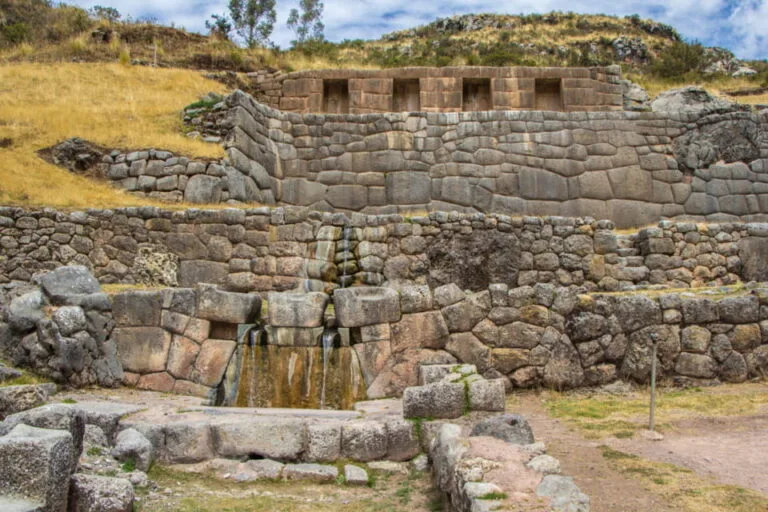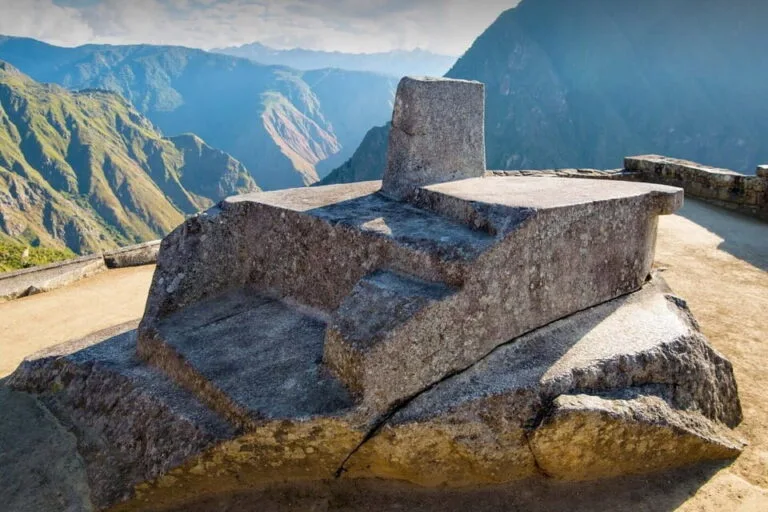Ollantaytambo is an essential destination for any traveler exploring the Sacred Valley of the Incas in Peru. This charming town combines history, architecture, and tradition, being one of the few places where one can experience the Inca grandeur in an environment that has been continuously inhabited since ancient times. With its impressive ruins, cobblestone streets, and authentic ambiance, Ollantaytambo has become a place that captures hearts and sparks curiosity.
What Makes Ollantaytambo Unique?
Located at about 2,792 meters above sea level, Ollantaytambo is an archaeological and cultural gem. Here, modern life and Inca heritage coexist in harmony. Its streets preserve original Inca urban planning, while the ruins tell stories of battles, rituals, and remarkable architecture.
Ollantaytambo is also a key starting point for those traveling to Machu Picchu, making it an ideal stop to absorb the rich history and beauty of the Sacred Valley.
History of Ollantaytambo: The Last Inca Stronghold
Ollantaytambo was built in the 15th century under Emperor Pachacútec, who transformed it into an administrative, military, and religious center. It stood out for its agricultural significance, with terraces built for food production and erosion control, and for its strategic location.
During the Inca resistance led by Manco Inca, Ollantaytambo served as a crucial fortress against the Spanish conquerors. Though the resistance was short-lived, it marked the town as a symbol of Inca bravery and ingenuity.
How to Get to Ollantaytambo
Getting to Ollantaytambo is easy thanks to its strategic location in the Sacred Valley. From Cusco, travelers can take a bus or shared taxi that takes around two hours.
Another popular option is the train, especially for those continuing to Machu Picchu. The train station in Ollantaytambo is a key hub, surrounded by scenic landscapes that make the journey memorable.
Exploring the Ollantaytambo Ruins
The archaeological site of Ollantaytambo is its main attraction and a must-see for history and architecture enthusiasts.
Agricultural Terraces
These terraces, built with incredible precision, were vital for agriculture and reflect the Incas’ ability to adapt to steep terrain.
Temple of the Sun
Constructed with massive granite blocks perfectly fitted together, the Temple of the Sun is an extraordinary example of Inca engineering. Used for religious ceremonies, it is aligned with the sun, reflecting the Incas’ astronomical knowledge.
Pinkuylluna: Inca Storehouses
Across from the main site, the Pinkuylluna mountain houses ancient storehouses used to preserve food. Climbing this hill offers spectacular panoramic views of the town and ruins.
The Charm of the Town of Ollantaytambo
Beyond the ruins, the town itself is a delightful place to walk and explore. Its cobblestone streets, water channels, and homes built on Inca foundations create a unique atmosphere that transports visitors to the past.
The town also hosts local markets selling crafts, textiles, and traditional products that reflect the region’s rich cultural heritage.
Tips for Visiting Ollantaytambo
- Arrive Early: The early morning offers a quieter and less crowded experience.
- Wear Comfortable Clothes: Use proper walking shoes, as the terraces and stairs can be challenging.
- Stay Hydrated: The altitude can be demanding, so drink water and take breaks if needed.
- Explore the Town: Don’t limit yourself to the ruins—wandering the town’s streets is just as fascinating.
The Cultural Impact of Ollantaytambo
Ollantaytambo is not just a historical site; it’s a living town where ancestral traditions continue today. Its residents, descendants of the Incas, maintain agricultural practices, festivals, and beliefs that reflect a deep cultural legacy.
Visiting Ollantaytambo is an opportunity to connect with the essence of this civilization—not only by admiring its legacy but by witnessing its influence in modern life.







